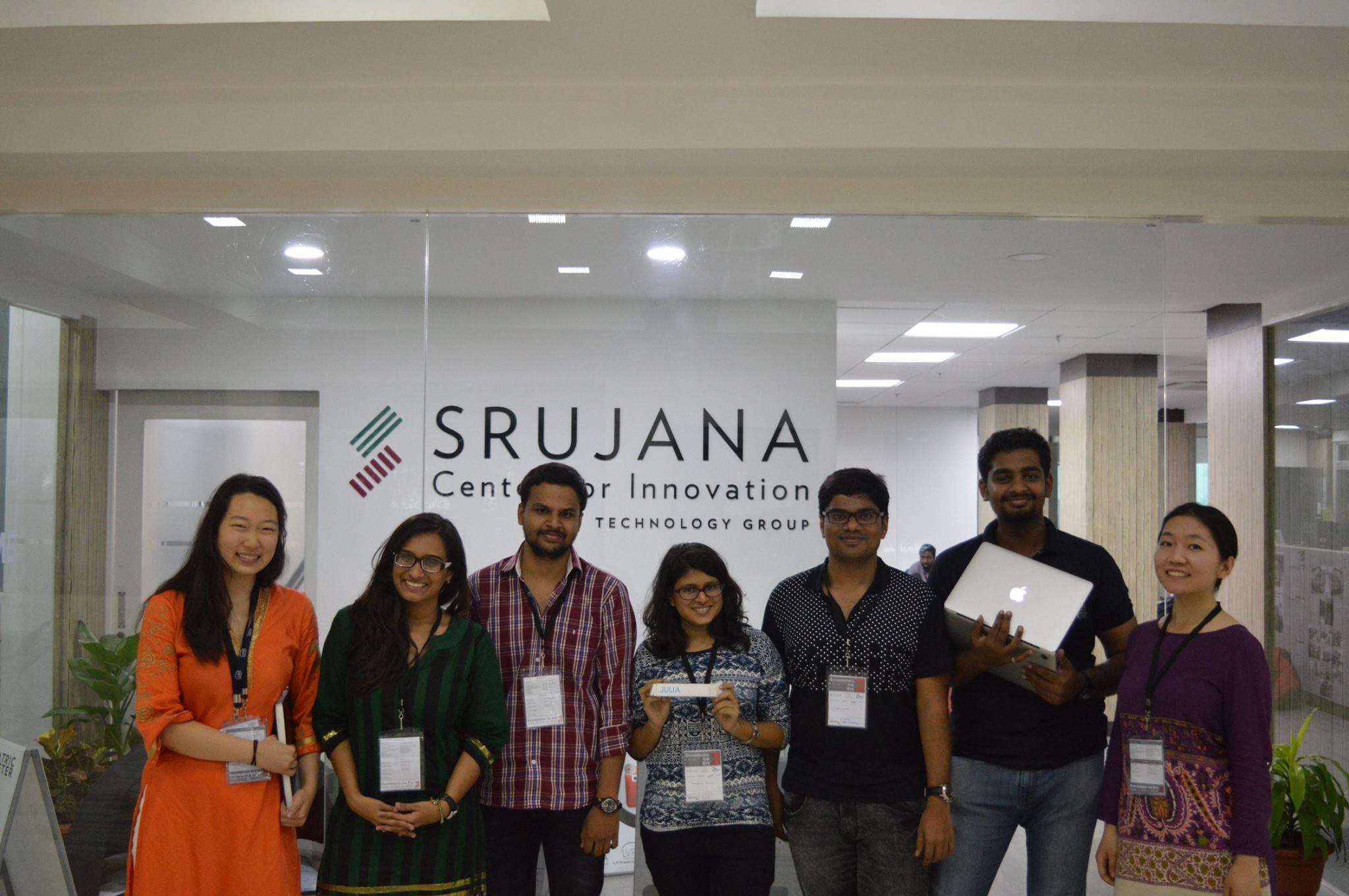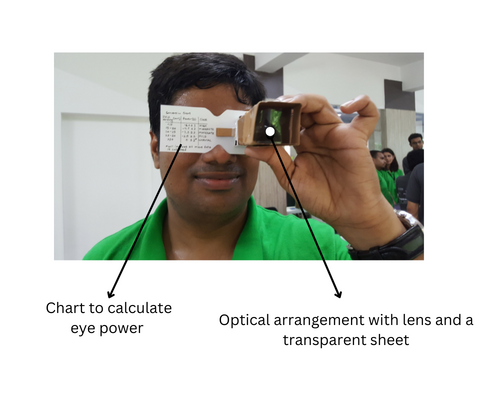Low cost solution to identify refractive errors
Optics • 2016 • Medical deviceOptical design

I got a chance to work on the fourth edition of "Engineering the eye Workshop" conducted at LV Prasad eye institute from 3-9th July 2016. One of the primary causes of blindness is due to refractive errors. All the available devices to detect them are pretty expensive and bulk. A team at the Srujana Innovation centre and Camera culture group, MIT Media Lab, came up with a solution called "JULIA"-Just use logic for Imaging Applications. But it had some shortcomings in measuring power, and required an eyechart to be placed at a specific distance. The target audience for this device was people living in remote areas, and having to carry the eye chart and coordinating with patients to maintain proper distance and line of sight is difficult.

To solve this issue, my team and I redesigned Julia to make it a standalone unibody design. My background in Optics and photonics came in very handy. With some inspiration from the kaleidoscope and Google Glass setup, I created a design to make the device without needing an eyechart. The design consisted of a movable lens and a transparent sheet with a thick mark at the center. The idea is that by moving the lens, one can bring the mark to focus. Using experiments and data-driven approaches, we found the relationship between the eye power and distance moved and incorporated human errors making Julia's readings reliable. The best part is that the total cost per device can be scaled to a few cents only.